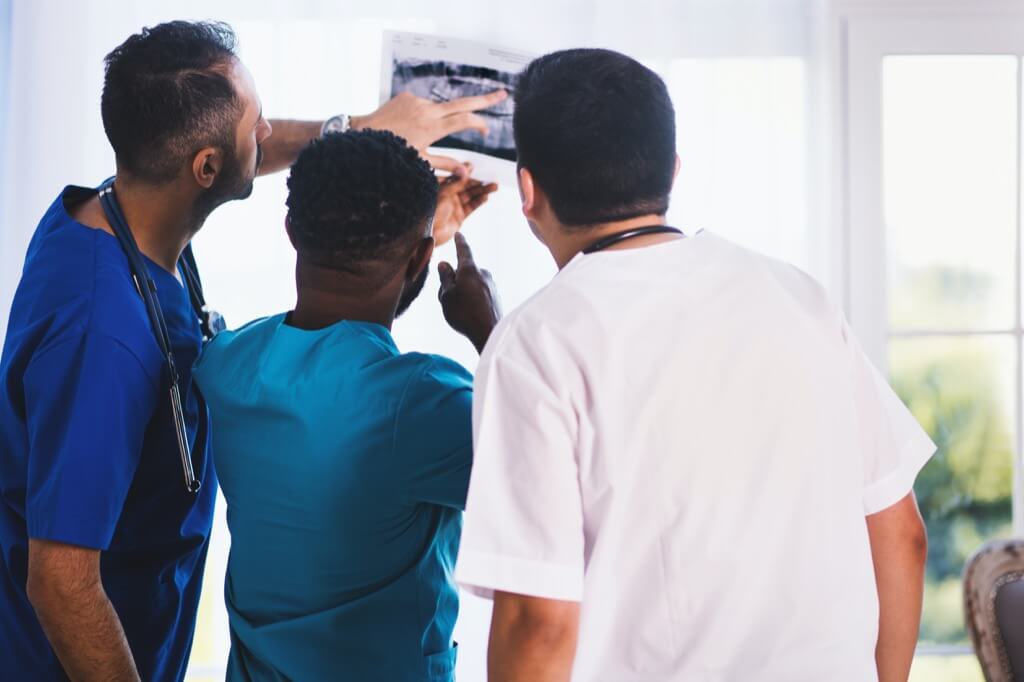Well-known South African TV figure Derek Watts recently battled sepsis, shocking fans with news that he’d have to relearn walking. This harrowing condition, where the body’s response to infection goes into overdrive, can lead to severe complications, even death. Ina Skosana from The Conversation Africa delves into sepsis, drawing insights from pathologists at the National Institute of Communicable Diseases.
Unraveling the Mystery of Sepsis
Sepsis isn’t choosy about its triggers – bacteria, fungi, or viruses can set it off. While hospital-related infections are often to blame, one might also fall prey to sepsis after an infection caught elsewhere. Common culprits include respiratory infections like pneumonia, kidney infections, surgical wounds, burns, and even meningitis. Disturbingly, bacterial pneumonia stands out as a chief death-dealer among septic patients.
Who’s at the Frontline?
While sepsis doesn’t discriminate, some are more vulnerable. Infants under a month old and those over 65 are on the frontline. Also on the watchlist are individuals with weakened immune defenses, like HIV patients or those on chemotherapy. Long hospital stays, having medical devices implanted, extended antibiotic use, or suffering from chronic ailments like diabetes increase one’s risk too.
Deciphering the Silent Signals
Sepsis is a master of disguise, often presenting with non-specific symptoms like:
- Fever
- Fast heart rate
- Rapid breathing
- Mental confusion
- Sleep disturbances, especially in the young
When sepsis progresses to septic shock, it reveals itself more sinisterly: dangerously low blood pressure, significant fluid loss, and dreaded organ failure.
In the Eyes of Medicine: Detecting Sepsis
Diagnosing sepsis is like piecing together a puzzle. Medical professionals observe a blend of clinical signs, symptoms, and lab results. Monitoring vital signs and running blood tests to confirm infections are par for the course. Culturing blood helps pinpoint the culprit germ while imaging studies like X-rays, ultrasounds, CT scans, and MRIs spotlight infection hotspots.
The Fight Against Sepsis
Early, aggressive intervention is paramount when tackling sepsis. Immediate hydration through IV fluids and ICU care are vital. Those facing severe respiratory issues may need mechanical ventilation. Addressing the root cause, whether it’s changing an IV line or draining an abscess, is equally crucial.
Shielding Ourselves from Sepsis
Protection against sepsis is a shared responsibility. Managing existing health conditions and embracing vaccinations can thwart infections that spiral into sepsis. Simple acts, like practicing good hand hygiene or having clean water, can wield enormous protective power. For healthcare institutions, rigorous infection control can slash infection rates by half. If someone exhibits sepsis-like symptoms, timely medical intervention can be a lifesaver.
Understanding Your Risk
Sepsis is an overwhelming response by your body to infection, often leading to potentially life-threatening complications. Recognizing its causes, symptoms, and ways to prevent it can be a lifesaver. Here’s some practical advice tailored just for you.
Guarding Against Infection
- Stay Vaccinated: Ensure you’re up-to-date with all recommended vaccines. These not only protect against diseases but also severe complications, like sepsis.
- Practice Hand Hygiene: Regularly wash your hands with soap and water, especially before eating, after using the bathroom, or after touching contaminated surfaces.
- Manage Chronic Conditions: If you have conditions like diabetes or kidney disease, manage them effectively. Regular check-ups and following your doctor’s advice can reduce your risk.
Spotting the Signs
- Watch Your Temperature: A sudden fever can be an early sign of sepsis. If you have an infection and then develop a fever, it’s crucial to monitor other symptoms.
- Check Your Heart Rate: If your heart starts racing unexpectedly, especially alongside other symptoms, it could be a warning sign.
- Pay Attention to Breathing: Rapid breathing or shortness of breath might indicate your body is under stress.
- Stay Alert: Changes in mental state, like confusion or excessive drowsiness, demand attention.
- Watch for Other Red Flags: Symptoms like sleep disturbances in youngsters or a significant drop in blood pressure can be more indicators.
Seeking Medical Help
If you suspect sepsis or observe any combination of the above symptoms, don’t delay. Remember, every hour counts when combating sepsis:
- Don’t Hesitate: Approach a healthcare professional immediately, even if you’re uncertain. It’s better to be safe.
- Be Vocal: Inform your doctor about any recent infections, surgeries, or breaks in the skin like wounds or burns.
- Ask Questions: If admitted to the hospital, ask your care team regularly if they’ve taken steps to rule out sepsis.
Reducing Hospital-Related Risks
- Stay Proactive: If you’re admitted, ask your medical team about measures in place to prevent infections. This is especially critical if you have any catheters or IV lines.
- Voice Concerns: If something doesn’t seem right, like an IV site looking red or painful, alert your healthcare providers immediately.
Antibiotic Resistance and Sepsis
The widespread use of antibiotics, while vital in many instances, has unintentionally led to an increase in antibiotic-resistant strains of bacteria. As these bacteria become tougher to treat, there’s a rising concern about the implications for diseases like sepsis. If the primary tool in our medical toolkit becomes ineffective, how might this change sepsis management? There’s a pressing need for healthcare institutions to exercise strict antibiotic stewardship to prevent resistance and ensure antibiotics remain effective for sepsis treatment.
The Role of Nutrition in Recovery
While sepsis is primarily combated with prompt medical intervention, the role of nutrition in recovery is a topic of debate. Does a specific diet haveten recovery? Can certain foods or supplements boost the immune system post-sepsis? Emerging research suggests that optimizing nutrition can play a crucial role in recuperating, but the specifics are still under investigation.
Alternative Therapies in Sepsis Management
As the global community becomes more open to holistic health practices, the role of alternative therapies in managing sepsis has gained traction. Practices like acupuncture, herbal treatments, and even meditation are being explored for their potential benefits. While it’s universally accepted that these can’t replace standard medical treatments, the debate rages on about their efficacy as complementary therapies.
Economic Impact of Sepsis on Healthcare Systems
Sepsis, being a severe condition, demands a significant amount of resources for its management, particularly in ICU settings. But what’s the broader economic impact on healthcare systems? Lost workdays, long-term rehabilitation, and the cost of recurrent infections add up. The debate often centers around how healthcare systems can become more efficient, ensuring that patients get the care they need without causing economic strain.
Public Awareness Campaigns: Helpful or Harmful?
Raising awareness about sepsis is crucial. However, there’s a debate about the nature and content of these public awareness campaigns. Do graphic and alarming campaigns cause unnecessary panic, or do they effectively communicate the urgency of the situation? It’s a fine line between ensuring the public is well-informed and creating a state of constant medical anxiety.



